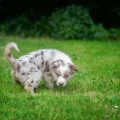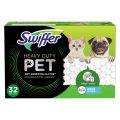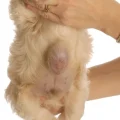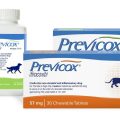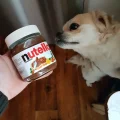Dogs are known for their voracious appetites, but what happens when your furry friend suddenly refuses to eat their dog food? Many pet owners have experienced this frustrating situation, where their dog becomes picky and only wants to eat human food. This behavior, known as partial anorexia, can be a sign that something is not quite right with your dog’s health.
There are a few reasons why your dog may be turning their nose up at their dog food. It could be that they simply don’t find it appealing anymore or that they are bored with the same old flavors. Alternatively, it could be a sign of an underlying health issue, such as dental problems, gastrointestinal issues, or even a loss of appetite due to illness.
To entice your dog to eat their dog food, one solution is to try adding dog food toppers. These toppers can add some extra flavor and make the food seem more appealing to your furry friend. There are a variety of toppers available on the market, or you can even make your own at home. Adding fruits, vegetables, or yogurt to their meals can provide a healthy and delicious boost to their food.
If your dog still refuses to eat their dog food with the topper, you could try mixing in a little bit of human food. Plain chicken, fish, or a small amount of low-sodium beef or chicken broth can add some enticing flavors to their meal. You can also try steamed or boiled butternut squash, sweet potatoes, or pumpkin as healthy options. However, it’s important to note that not all human food is safe for dogs, so be sure to avoid ingredients like onion or garlic, which can be harmful to them.
While adding toppers or human food can be a temporary solution to get your dog to eat, it’s important to address the underlying issue. If your dog continues to show a lack of appetite or other concerning symptoms, it’s best to consult with your veterinarian. They can help determine if there is an underlying health problem that needs to be addressed.
If your dog is refusing to eat their dog food and only wants human food, it’s important to address the issue promptly. Adding dog food toppers or a small amount of safe human food can help entice your dog to eat, but it’s important to consult with your veterinarian if the issue persists. Remember, a healthy and balanced diet is crucial for your dog’s overall well-being, so finding a solution to their picky eating habits is essential.
Why Is My Dog Not Eating His Dog Food But Eating Human Food?
Partial anorexia in dogs, where they refuse to eat their dog food but will eat human food, can have multiple underlying causes. Understanding these reasons can help address the issue and ensure your dog’s health and well-being. Here are several possible explanations:
1. Health issues: Dogs may avoid their regular food due to underlying health problems. Dental issues, gastrointestinal problems, or infections can cause discomfort while eating, leading to a loss of appetite. In such cases, it is advisable to consult a veterinarian for a thorough examination.
2. Taste preferences: Dogs, just like humans, can have individual taste preferences. They may find certain human foods more appealing due to their flavor, texture, or smell. This preference can develop over time if they have been given human food as an occasional treat or due to a lack of variety in their dog food.
3. Feeding routine and environment: Dogs are creatures of habit, and any disruption in their routine or environment can affect their appetite. Changes such as a new feeding schedule, a different location for feeding, or the presence of distractions can lead to a lack of interest in their regular dog food.
4. Food quality: The taste, texture, or nutritional content of your dog’s food may not meet their preferences or needs. If the dog food lacks variety or contains low-quality ingredients, your dog may be less inclined to eat it. Introducing a different brand or type of dog food might help stimulate their appetite.
5. Training and reinforcement: Dogs quickly learn that they can get human food as a reward or treat. If they receive table scraps or treats frequently, they may develop a preference for human food over their own. Establishing consistent rules and boundaries regarding feeding and avoiding the reinforcement of begging behavior can help address this issue.
To address the problem of your dog not eating its dog food, consider taking the following steps:
– Consult your veterinarian to rule out any underlying health issues.
– Gradually transition your dog to a new brand or type of dog food that meets its nutritional needs.
– Ensure a consistent feeding routine and a calm environment during meal times.
– Avoid feeding your dog table scraps or excessive treats, and discourage begging behavior.
– Use positive reinforcement and reward your dog with praise or small, healthy treats when it eats its own food.
Remember, it is essential to provide your dog with a balanced and nutritious diet to maintain its overall health.
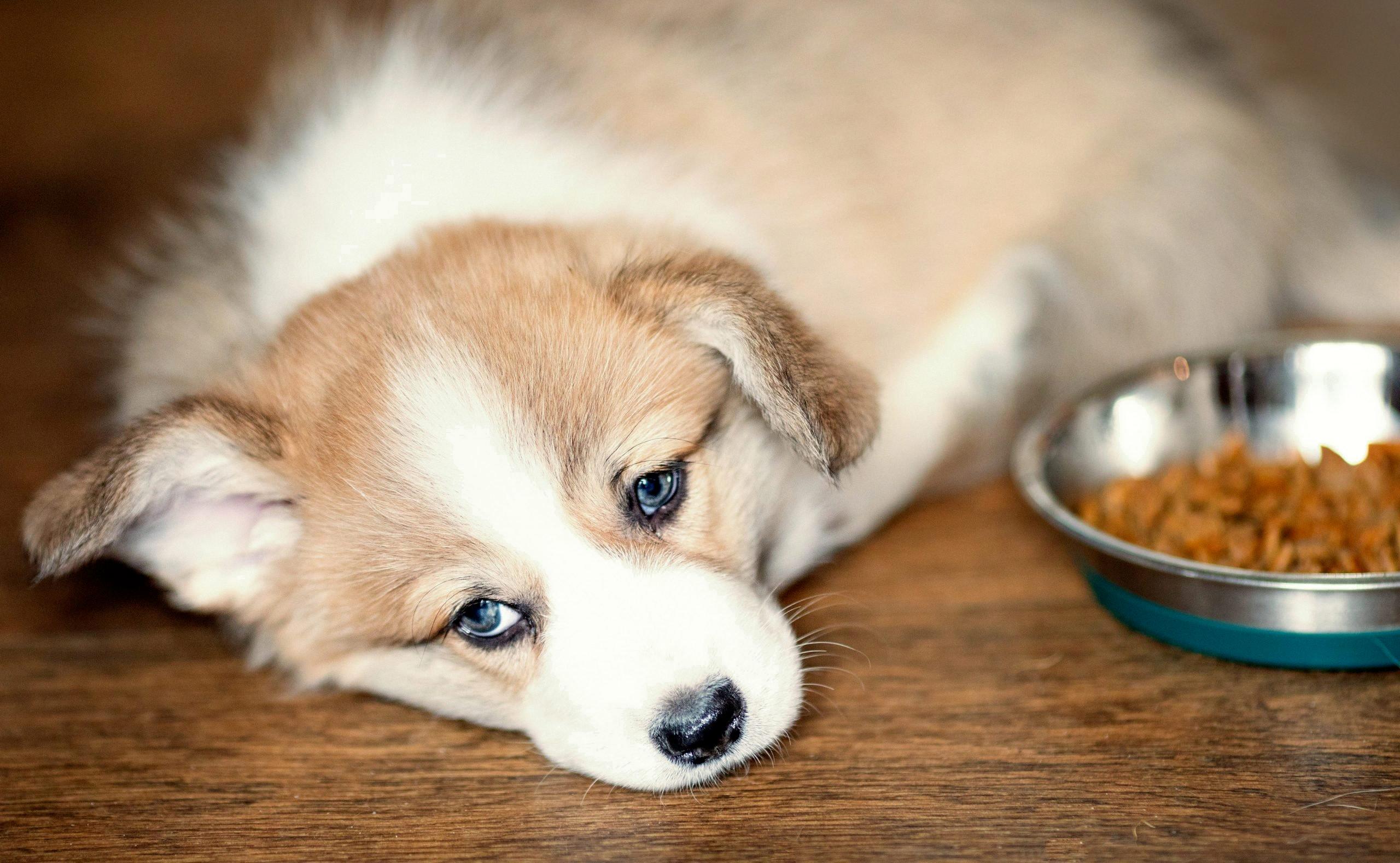
How Do I Get My Dog To Eat Dog Food Instead Of Human Food?
To get your dog to eat dog food instead of human food, here are some strategies you can try:
1. Gradual transition: Start by mixing a small amount of dog food with their current human food and gradually increase the proportion of dog food over time. This helps your dog adjust to the taste and texture of the dog food without completely eliminating their preferred human food.
2. Make the dog food more appealing: Sprinkle some dog-friendly food toppers or mix in some low-sodium chicken or beef broth to enhance the flavor of the dog food. This can entice your dog to eat it and make it more appetizing.
3. Stick to a consistent feeding schedule: Establish a regular feeding routine and avoid giving your dog access to human food in between meals. This helps create a sense of structure and encourages them to eat their designated dog food during meal times.
4. Avoid feeding table scraps: Refrain from giving your dog any table scraps or leftovers from your own meals. This can create a dependence on human food and make it harder for them to accept their own dog food.
5. Eliminate distractions: Feed your dog in a quiet, calm environment free from distractions. This helps them focus on their dog food and reduces the temptation to seek out human food instead.
6. Consult with a veterinarian: If your dog consistently refuses to eat dog food and shows signs of picky eating or loss of appetite, it’s important to consult with a veterinarian. They can help identify any underlying health issues and provide guidance on proper nutrition for your dog.
Remember, transitioning your dog to a complete and balanced dog food diet may take time and patience. Be consistent with your approach and provide them with a nutritious dog food that meets their dietary needs.
What Can I Feed My Dog If He Refuses To Eat Dog Food?
If your dog is refusing to eat dog food, there are several human food options that you can try. However, it’s important to note that dogs have different dietary needs than humans, so you should only use human food as a temporary solution.
Here are some safe human foods you can mix in with your dog’s food to entice them to eat:
1. Plain chicken or fish: Cooked chicken or fish without any seasoning can be a tasty addition to your dog’s meal. Make sure to remove any bones and skin before feeding it to them.
2. Low-sodium broth: Adding a little low-sodium beef or chicken broth to your dog’s food can add flavor and moisture. Be sure to check the ingredients for any harmful additives like onion or garlic.
3. Butternut squash: Steamed or boiled butternut squash is a nutritious and dog-friendly option. Mash it up and mix it into your dog’s food for added taste and texture.
4. Sweet potatoes: Similarly, steamed or boiled sweet potatoes can be a healthy addition to your dog’s meal. Mash them up and mix them in to make the food more appealing.
5. Pumpkin: Plain canned pumpkin (not pumpkin pie filling) is a great source of fiber and can be mixed into your dog’s food. It can also help with digestion.
Remember, these human foods should only be used as a temporary solution to entice your dog to eat. It’s important to consult with your veterinarian to ensure your dog is getting the proper nutrition and to address any underlying health issues that may be causing the loss of appetite.
If your dog refuses to eat dog food, you can try adding small amounts of plain chicken, fish, low-sodium broth, butternut squash, sweet potatoes, or pumpkin to their meals. However, it’s crucial to consult with your veterinarian for guidance and to address any underlying health concerns.
Conclusion
Dogs experiencing partial anorexia, where they refuse to eat their regular food but are still interested in treats or table scraps, may be indicating that they are not feeling well. It is important for dog owners to address this issue promptly to ensure their pet’s health and well-being. One effective method to encourage dogs to eat is by adding dog food toppers to their meals. These toppers not only add flavor and make the food seem special, but they also provide a variety of options to entice dogs to eat. Adding fruits, vegetables, or yogurt can make the topper both healthy and delicious. Additionally, mixing in small quantities of human food such as plain chicken, fish, or low-sodium broth can also be effective. However, it is crucial to avoid ingredients that are harmful to dogs, such as onion or garlic. By using these strategies, dog owners can help alleviate their pets’ partial anorexia and ensure they receive the necessary nutrition for optimal health.


